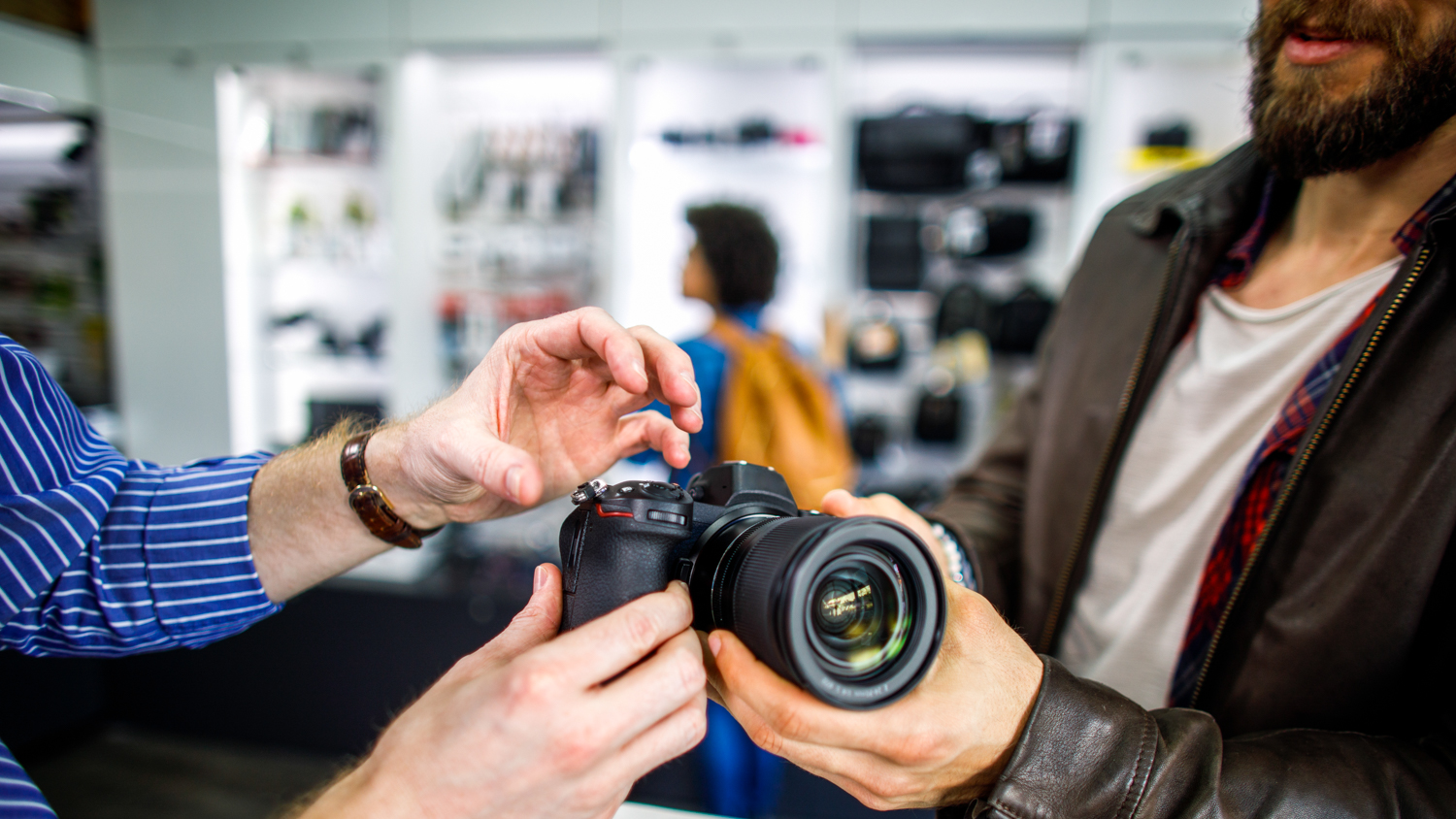Winter photography tips: essential kit to work with winter light
Capture the elegance and subtlety of the lighting seen in the colder months, with these winter photography tips
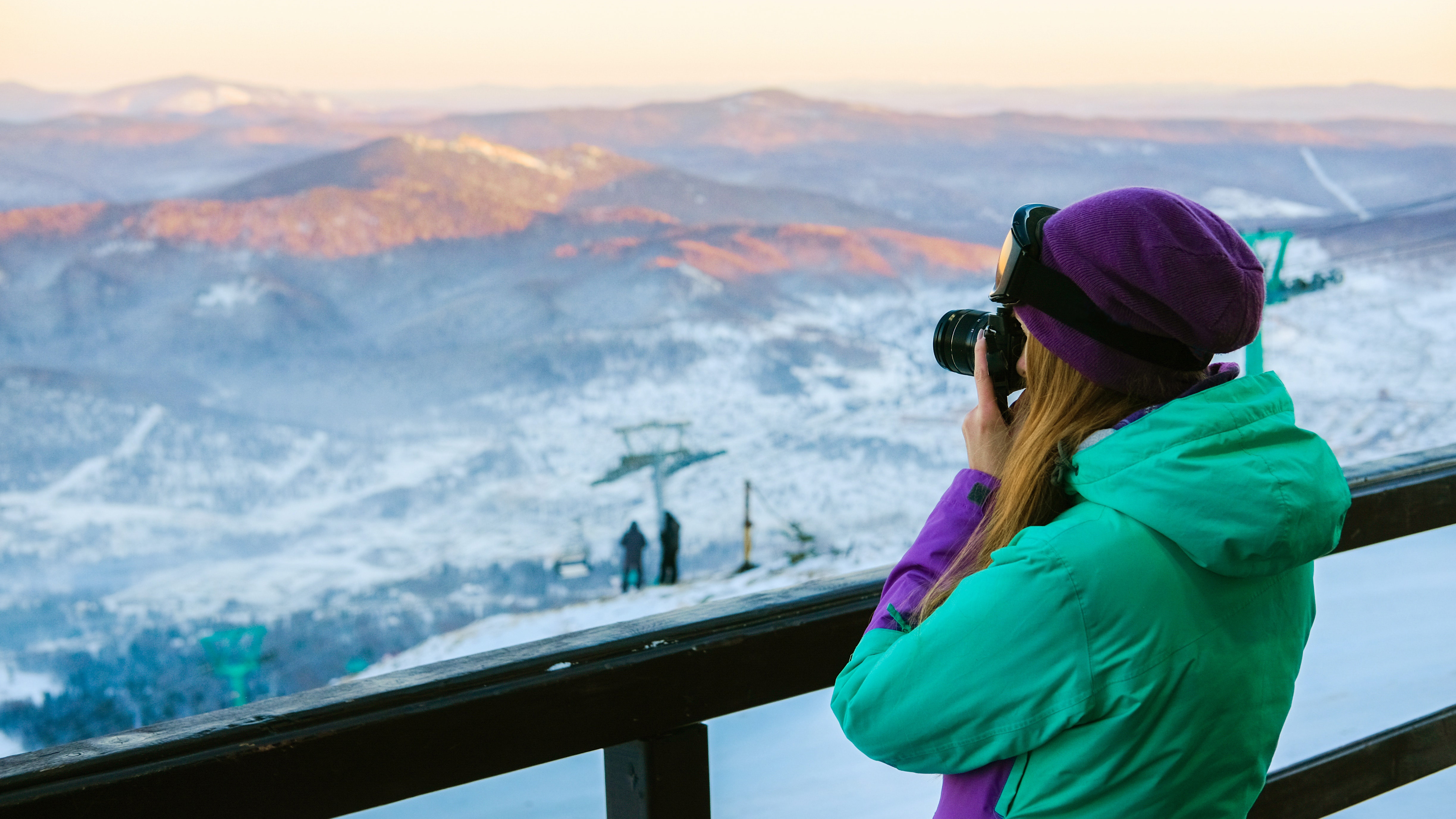
Introduction
During the winter months, many casual walkers retreat into the comfort of their warm homes. Photographers, however, keep a camera bag packed, in wait of the stunning scenery that winter has to offer. Once the low kelvin colors have gone from the landscape it’s time to adjust our shooting approach, and shift our attention towards capturing sparse scenes and crisp details.
Each time of year presents its own set of unique creative challenges to identify and overcome, yet winter seems consistent in its ability to disorient even the most experienced photographers. While summer lighting is harsh, and care must be taken to avoid pushing the exposure out of the dynamic range, the intensity is clearly apparent, and so we keep this in-mind.
Spring, meanwhile, is an in-between season, often lacking intense color. This can lead to certain misfires in the image creation process, but the dramatic weather often experienced serves as a constant reminder to focus on the changeability of the environment. At the other extreme, autumn is all about color – and while it’s easy to get carried away and produce shots lacking a clear subject, even the worst images often fall into the ‘nice’ category.
Winter is different, though. Landscapes are defined by their lack of detail. It is the sparseness of scenes that lend them their character. Combined with the extremes of shifts in brightness we experience through a winter shoot, this season is the one most likely to catch us out in terms of composition and exposure. Let’s head out on an all-day shoot to learn the best ways to use winter lighting to our benefit…
Prepare for your shoot
If you live in an area where snow is sporadic in nature, it can be an exciting moment when you gaze out of a window and see the first flurries begin to settle on the ground. It can be tempting to grab a camera, a lens, whatever coat you have to hand and head out on a shoot. After all, thin layers of snow may not stay for long.
However, arguably more than any other season, planning is essential for winter shoots. It is not just a case of ensuring that you get the images you’re after; in the months where the weather can change rapidly and the temperature can fall to dangerous lows, your safety is also a consideration.
In terms of image making and lighting, the shortness of the day means shooting is compressed. The sun rises late and sets early, calling on your ability to work quickly. Planning where you need to be and when is central to increasing your success rate, because stumbling around a snowy field in the semi-darkness, trying to find a good composition as the sun rises is as bad for your portfolio as it is your stress levels!
Get the Digital Camera World Newsletter
The best camera deals, reviews, product advice, and unmissable photography news, direct to your inbox!
Predicting where the directional light of a winter sunrise is going to fall enables photographers to plan the layout of our shots and, in turn, the core equipment we may need to allow. This increases the efficiency of a shoot, yielding more ‘keepers’ and minimizing our time in the field, buffering any sudden changes in conditions.
Essential kit
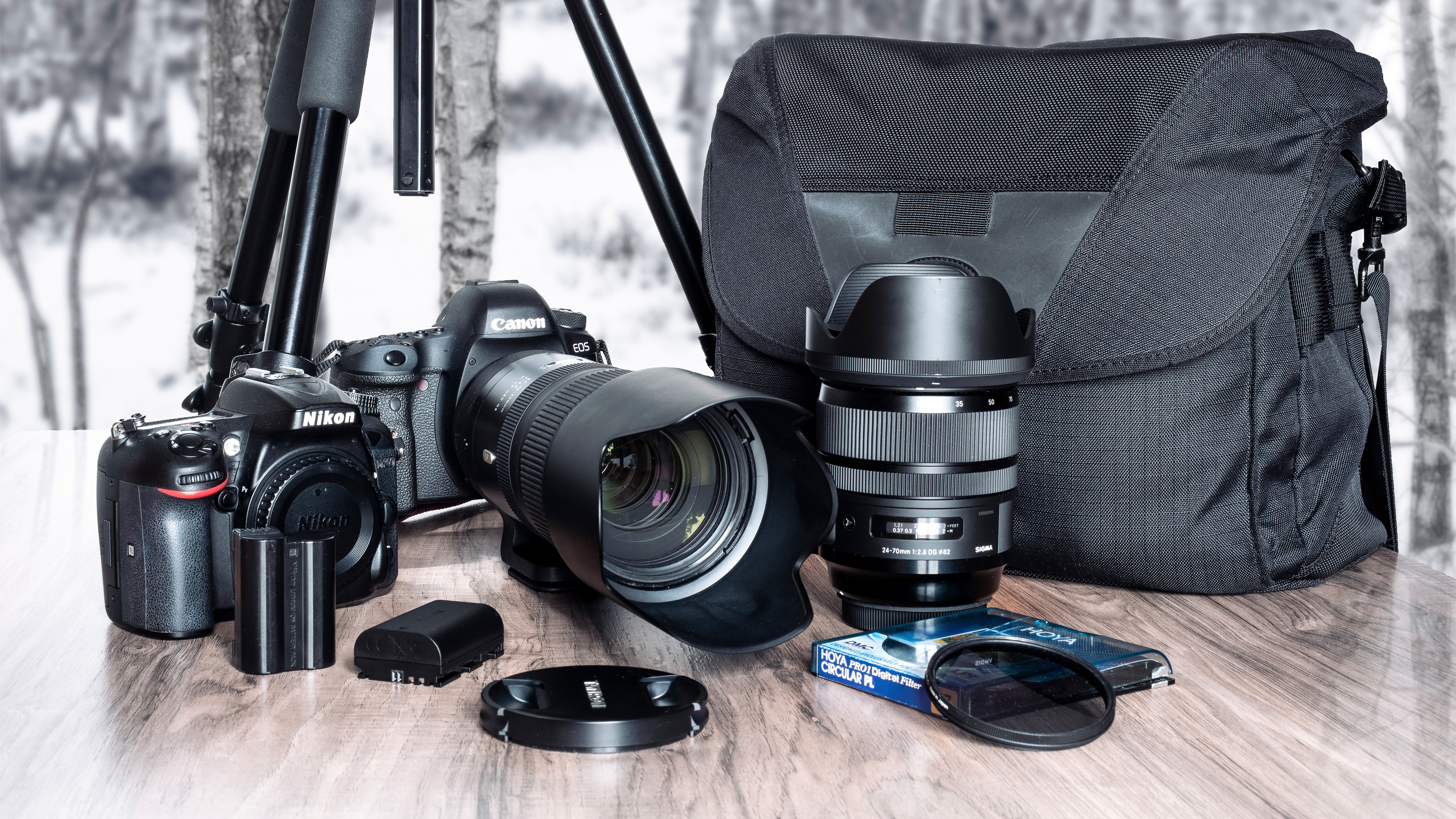
- Standard zoom – A 24-70mm or 16-50mm lens for full frame and APS-C respectively offers useful range, reducing optic changes
- Dual cameras – Two camera bodies, with different lenses attached, means lens changes are less necessary, keeping the sensor protected from the elements
- Second lens – Either a wide zoom or telephoto lens mounted on your second camera covers the expected extremes of the required focal range
- Multiple batteries – Low temperatures drain batteries quicker, so having more than one is a must on a full day’s shoot
- Tripod with feet – A sturdy tripod with anti-slip feet will help reduce expensive accidents as well as ‘creep’ during long exposures on icy terrain
- Polarizer – An essential filter for deepening contrast in winter landscapes, especially in afternoon light where blue skies dominate
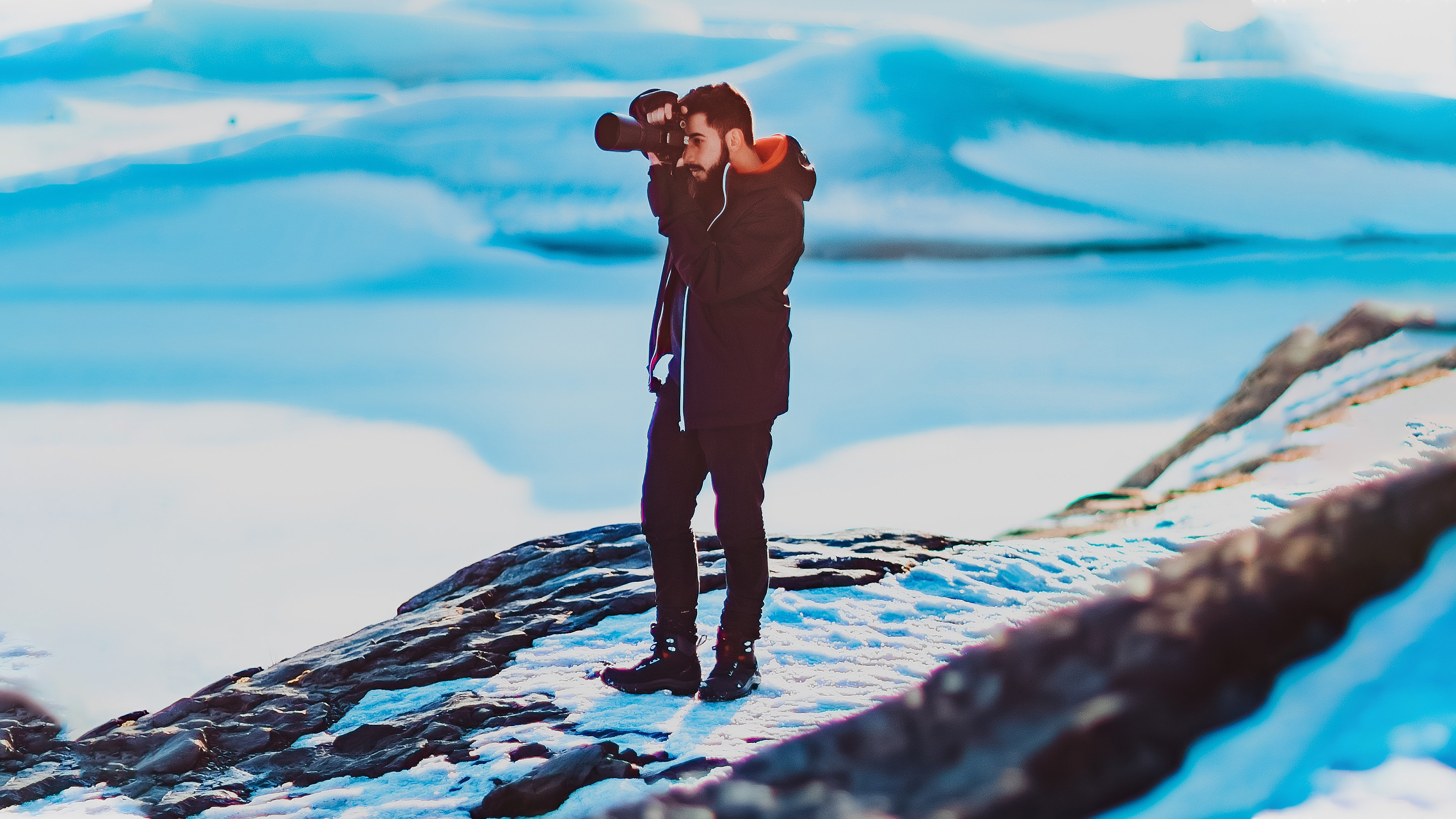
Essential accessories
Fingerless gloves
It goes without saying that you need to protect your hands from the cold, but in the age of touchscreens your fingertips need to be available. While some gloves are touchscreen-friendly, fingerless types are more tactile.
• Best gloves for photographers
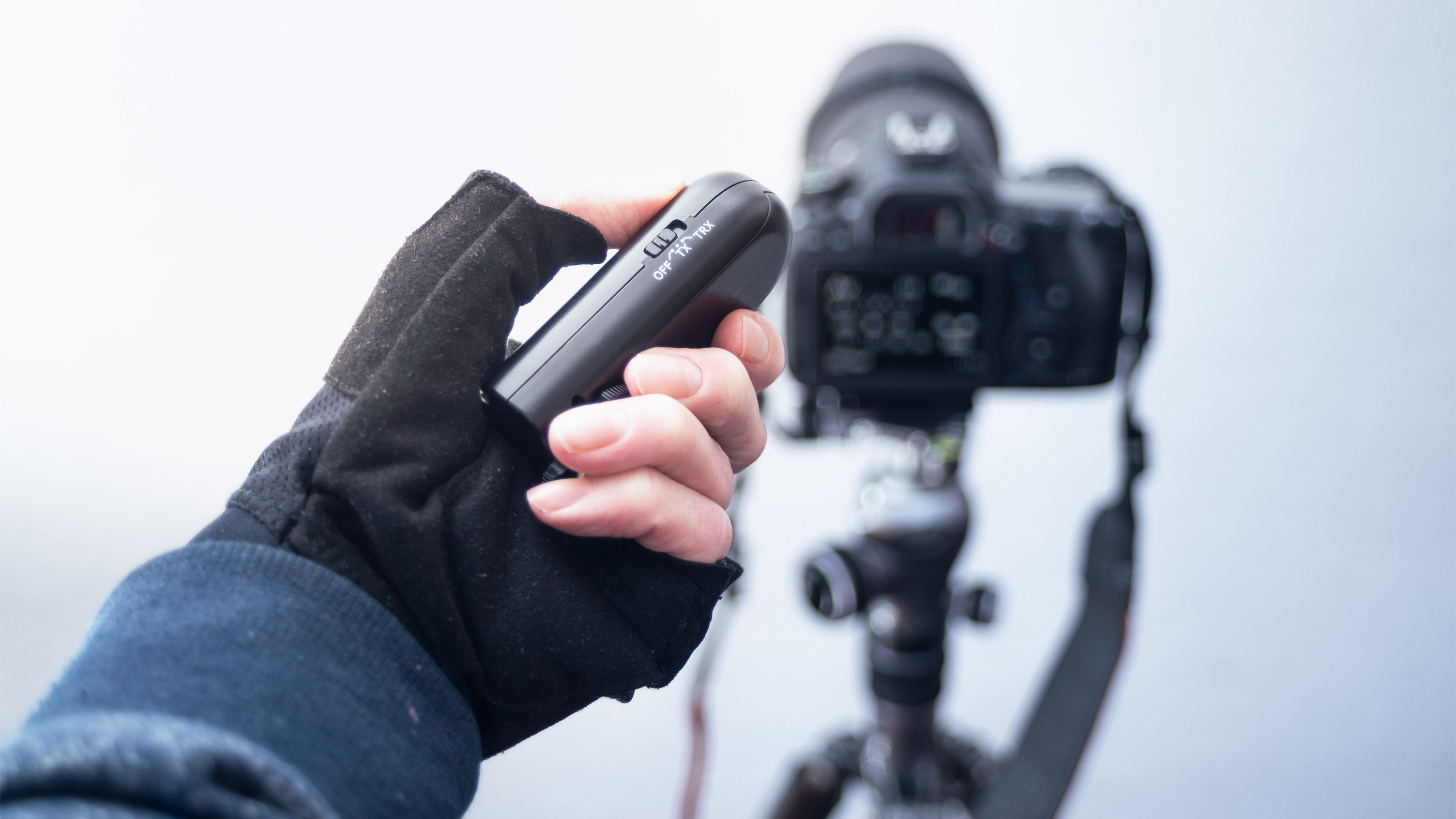
Smartphone
Not only is this essential for safety if you are travelling alone, but it is also ideal for triggering your camera remotely. Downloading your camera brand’s app often enables wireless triggering and review – useful for tripod work.
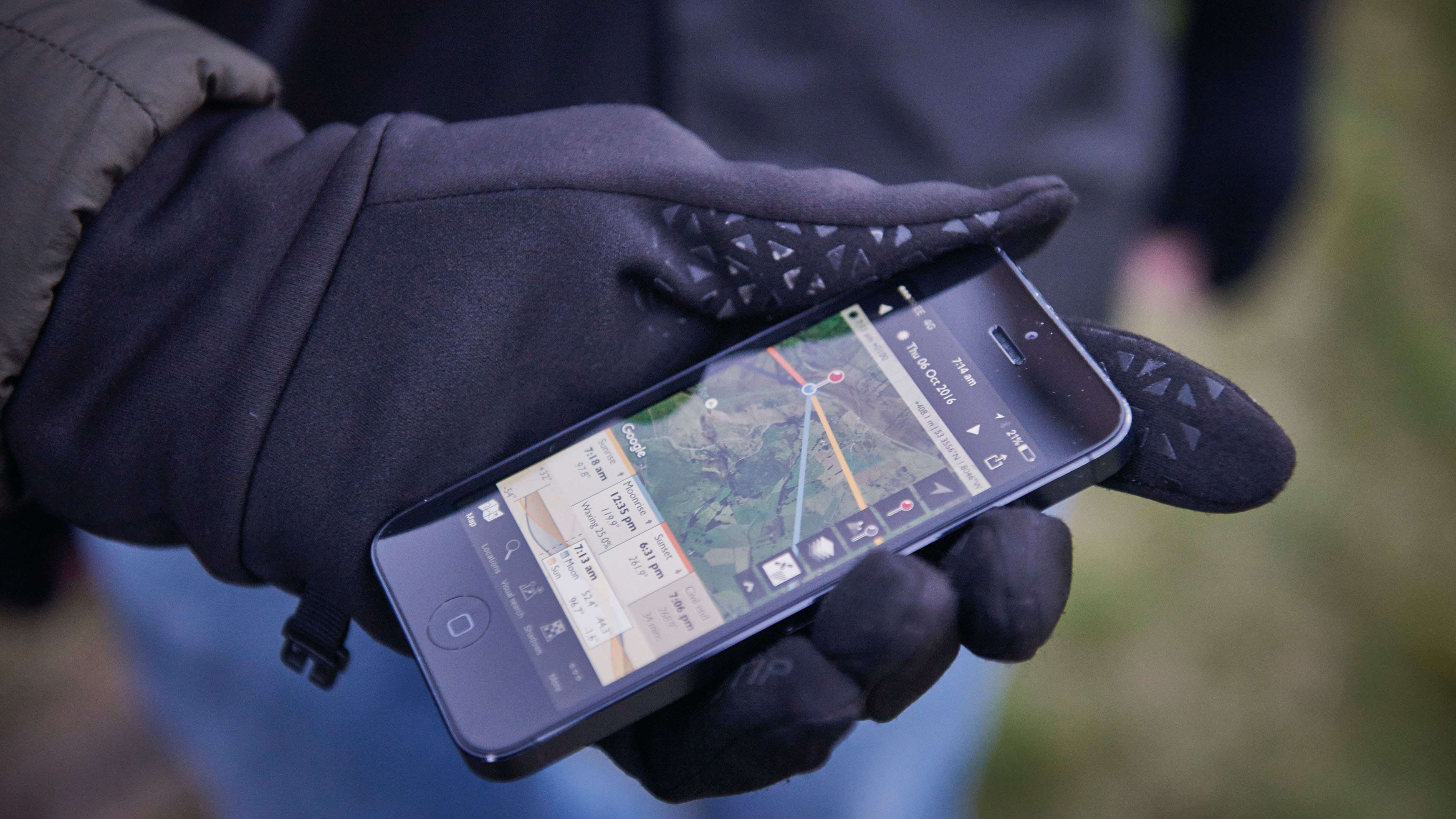
Waterproof boots
The best shots are always in the trickiest places, so tough footwear will enable you to stand in deeper snow without water ingress. This is essential if shooting all day, as wet feet can quickly lead to hypothermia or even frostbite in extreme cold.
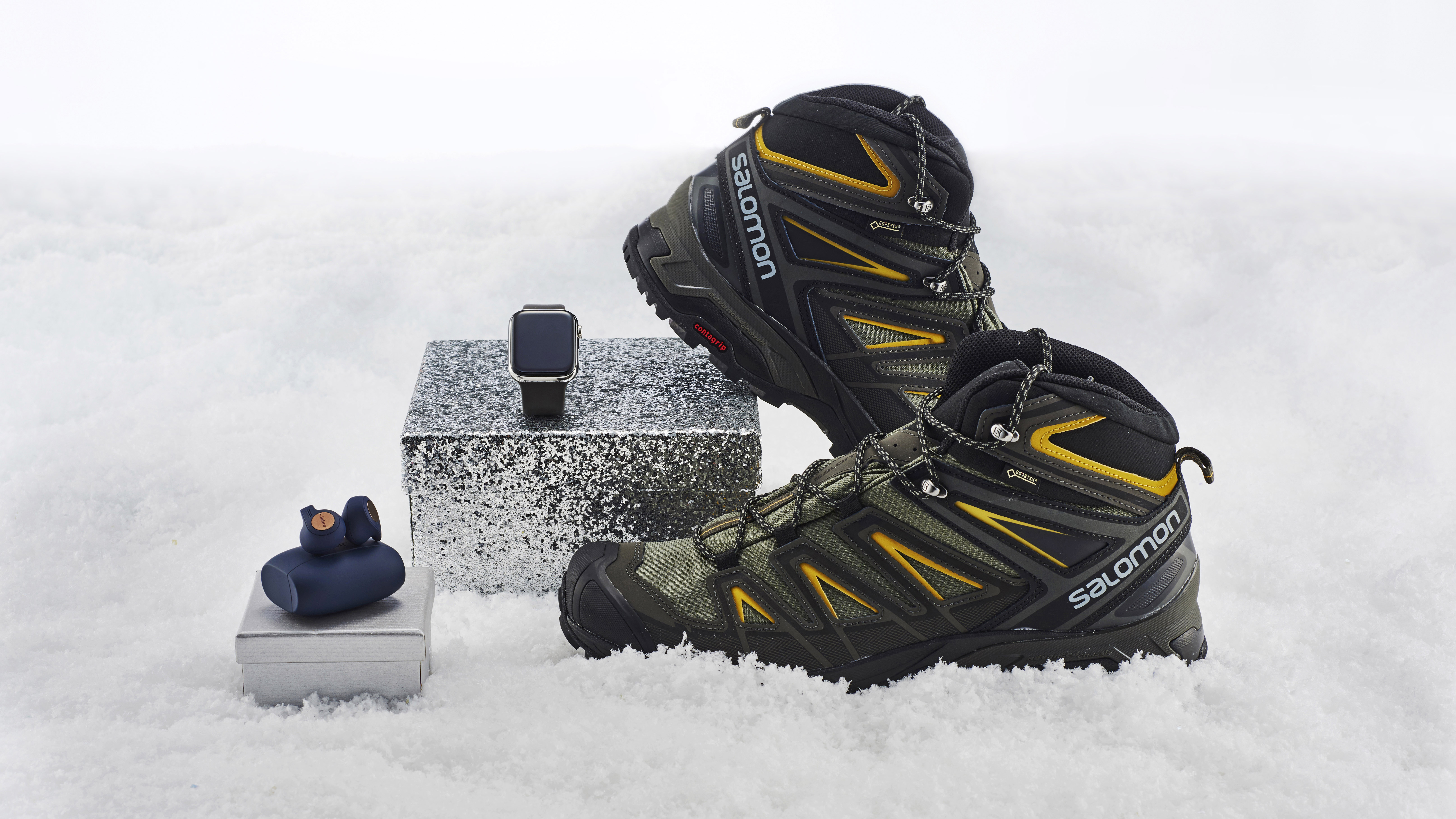
Coat with hood
A good coat is a given, but a coat with a large hood helps keep you warm, while also allowing easy review of your images. Bright snow creates reflections, which can be blocked out by using the coat as a light hood.
• Best waterproof jackets for photographers
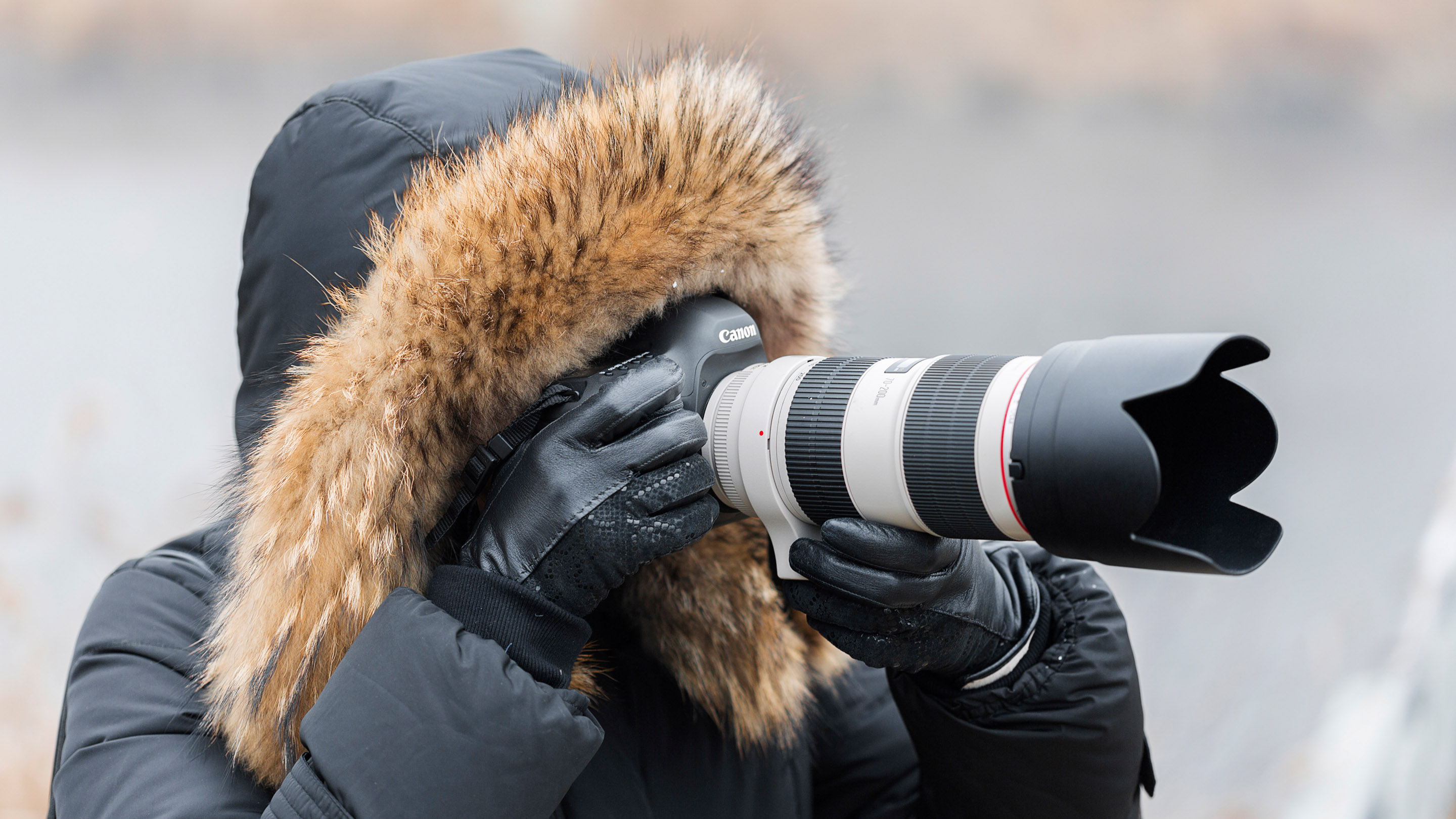
Weather sealed camera bag
A bag with sealed zips keeps moisture out and helps reduce temperature changes within. This is perfect for when you need to slowly warm your camera up, after your shoot, to avoid condensation forming on the body and lens.
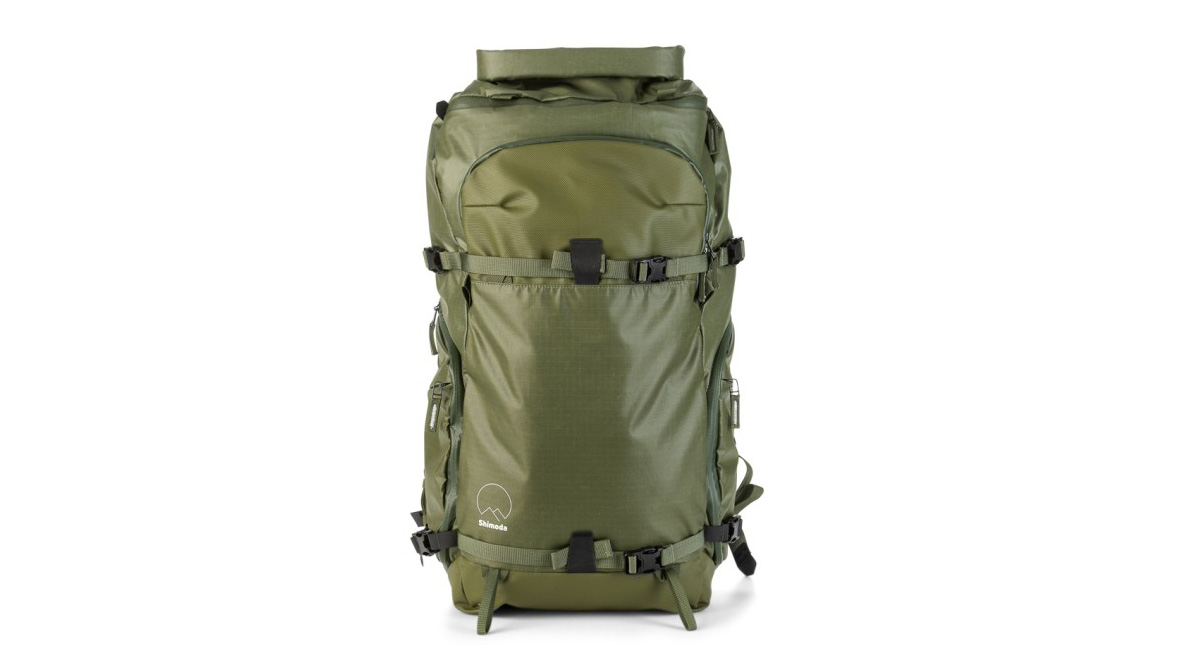
Read more:
How to tackle winter sports photography
The best lenses for landscapes
Best wide-angle lens in 2021
As the Editor for Digital Photographer magazine, Peter is a specialist in camera tutorials and creative projects to help you get the most out of your camera, lens, tripod, filters, gimbal, lighting and other imaging equipment.
After cutting his teeth working in retail for camera specialists like Jessops, he has spent 11 years as a photography journalist and freelance writer – and he is a Getty Images-registered photographer, to boot.
No matter what you want to shoot, Peter can help you sharpen your skills and elevate your ability, whether it’s taking portraits, capturing landscapes, shooting architecture, creating macro and still life, photographing action… he can help you learn and improve.

